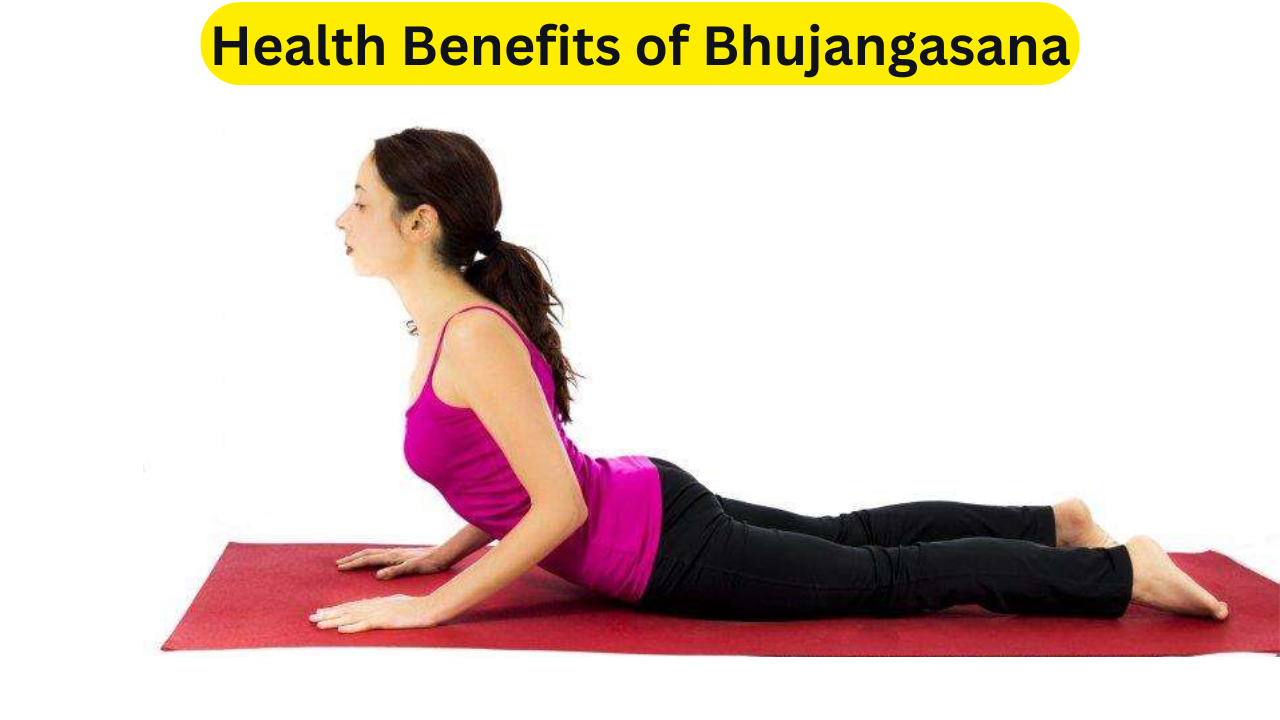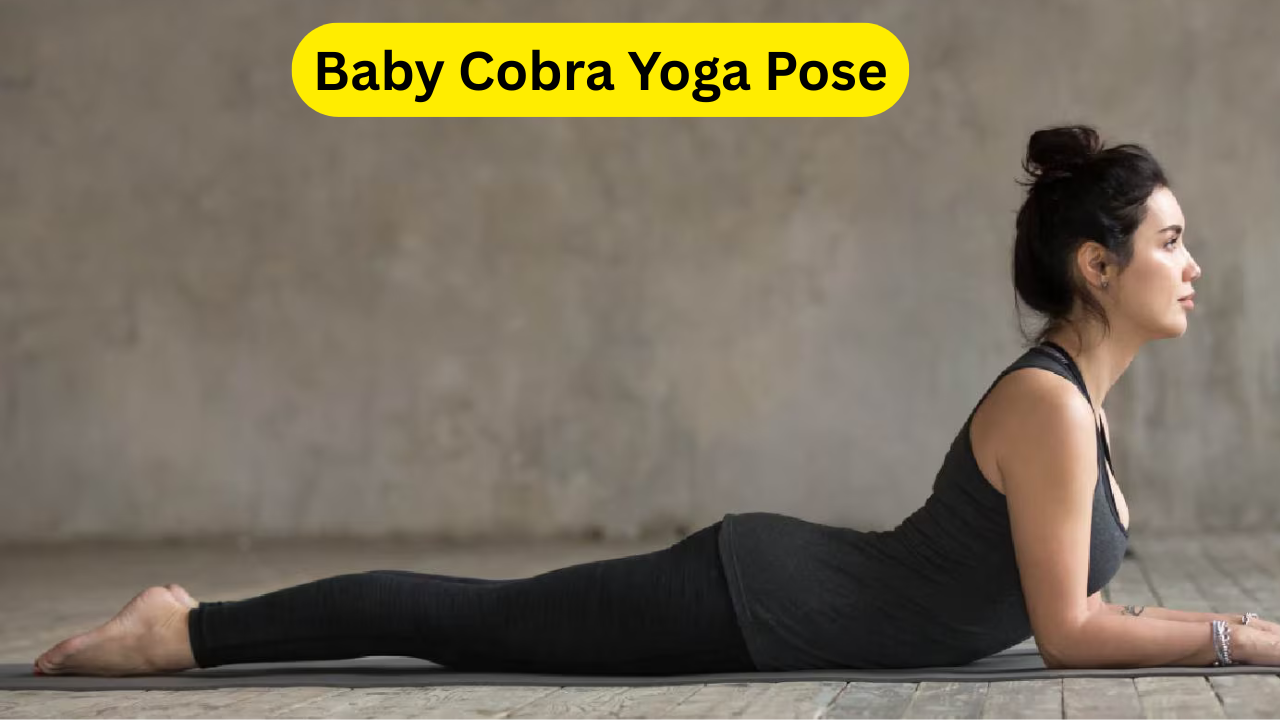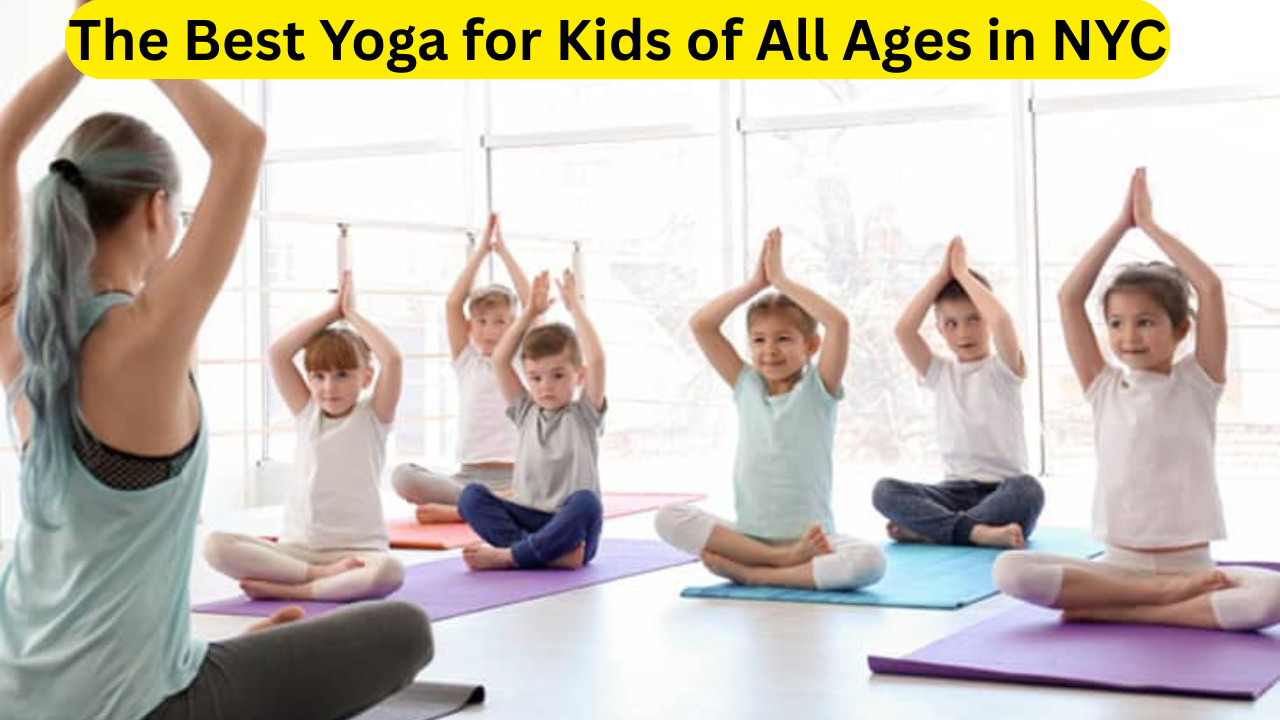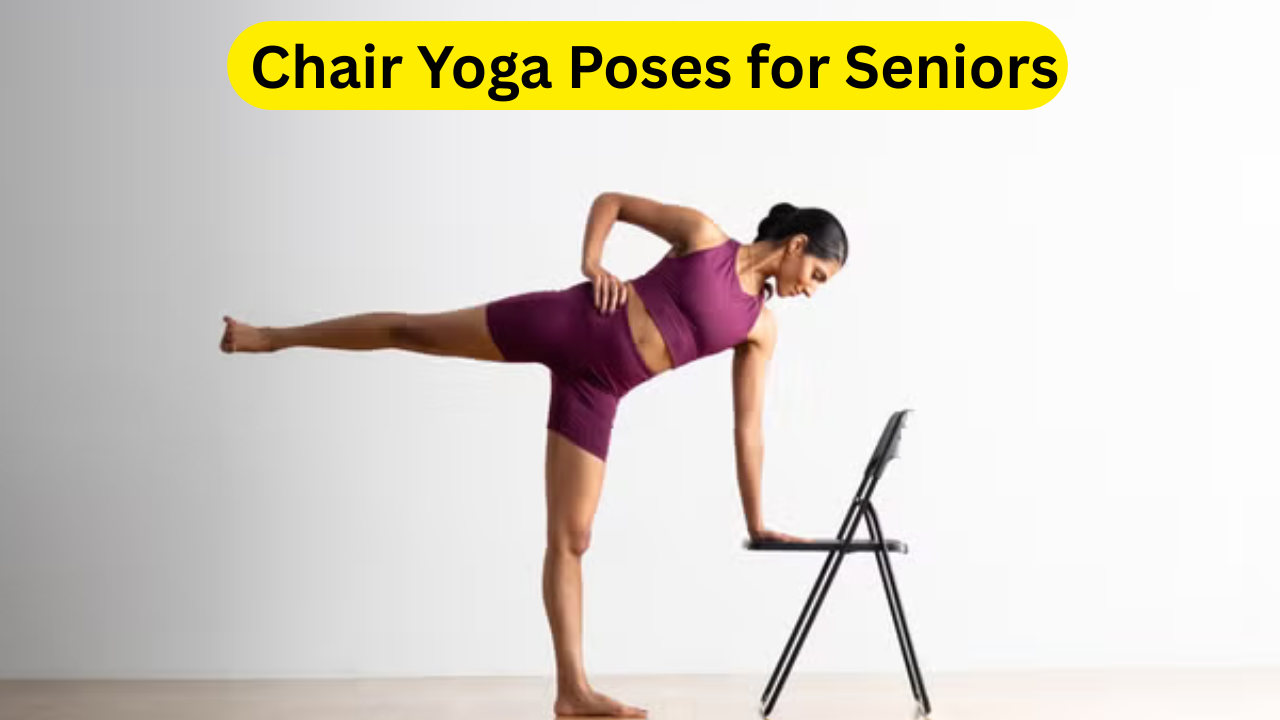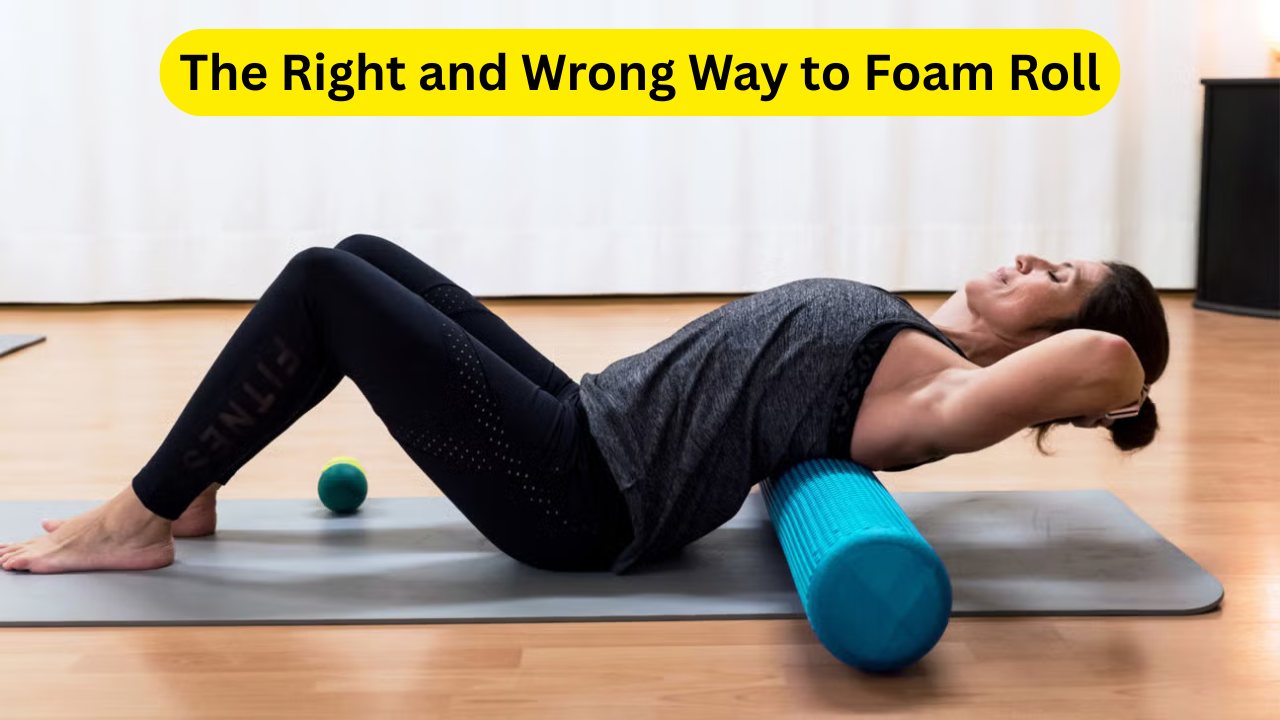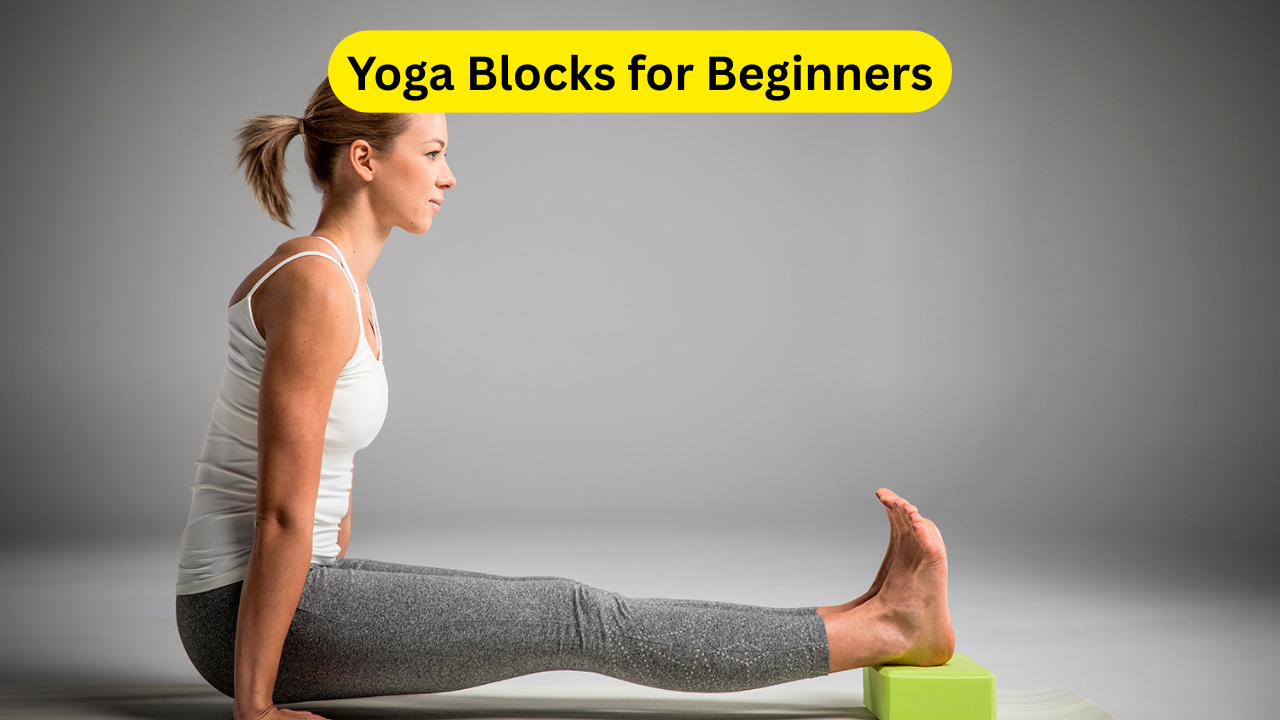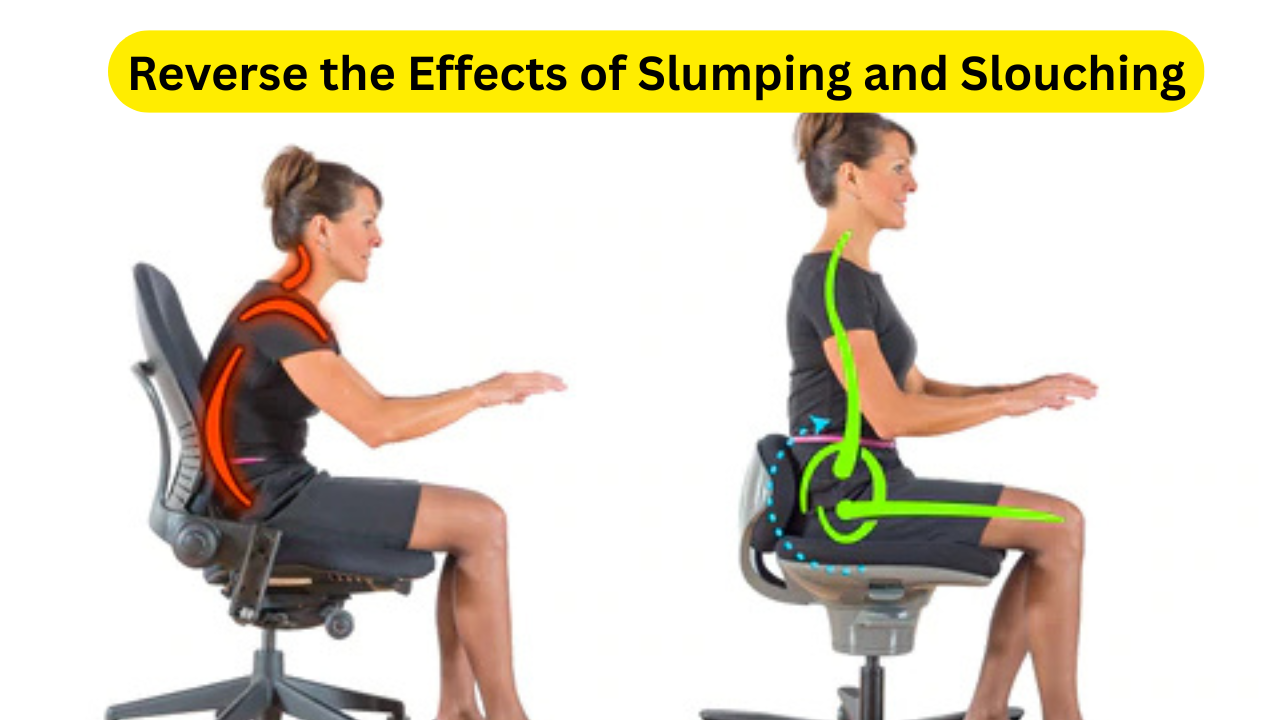Health Benefits of Bhujangasana: In today’s fast-paced world, where we often neglect physical activity due to our hectic schedules, our health and well-being tend to suffer. The modern lifestyle, filled with sedentary habits and long working hours, leads to sluggishness, poor posture, and a weakened immune system. Yoga, an ancient discipline, offers a path to restoring balance, strength, and vitality. Among its many postures, Bhujangasana, or Cobra Pose, stands out as a revitalizing and energizing asana that brings numerous benefits for both the body and mind. This powerful yoga pose not only strengthens the body but also supports mental wellness, improving posture, flexibility, and more.
Bhujangasana offers a perfect solution to counteract the effects of long hours of sitting or bending over a desk. It’s a backbend posture that helps stretch the spine, increase lung capacity, and promote digestive health. Whether you’re looking to alleviate back pain, boost your mood, or simply improve your overall flexibility, Bhujangasana offers a holistic approach to health. This pose also forms an essential part of the Surya Namaskar sequence, making it an integral part of many yoga practices around the world.
Yoga and Ayurveda are deeply intertwined, with one of their key goals being Swasthasya Swastya Rakshanam (maintaining health) and Aturasya Vikara Prashamanam (treating diseases). Bhujangasana aligns with these philosophies, offering a therapeutic approach that enhances physical and mental health. In this article, we will explore the many health benefits of Bhujangasana, how to properly perform it, and provide key precautions, tips, and modifications to help you get the most out of this powerful yoga pose.
What is Bhujangasana?
Bhujangasana, derived from the Sanskrit words “Bhujang” (meaning “cobra”) and “Asana” (meaning “pose”), is also known as the Cobra Pose in English. It is a gentle backbend that primarily targets the spine, chest, and abdominal area. This pose is a key part of the Surya Namaskar (Sun Salutation) sequence, which is often practiced to invigorate the body and prepare it for a day of activity.
The Cobra Pose is not only physically beneficial but also spiritually uplifting. In traditional yogic texts, it is said that practicing Bhujangasana increases energy and vitality, offering a sense of rejuvenation. It was first detailed in the Gheranda Samhita in the 17th century and has remained an essential posture in Hatha Yoga ever since.
When performed correctly, Bhujangasana improves flexibility, strength, and mobility. It also has a profound impact on the emotional and mental state by reducing stress and promoting a sense of calm and balance.
Health Benefits of Bhujangasana
Bhujangasana, or Cobra Pose, offers numerous health benefits for the body and mind. Let’s take a deeper look into the most significant advantages:
1. Spinal Flexibility and Strength
One of the primary benefits of Bhujangasana is its ability to improve spinal flexibility. The backward bend in this pose stretches the spine, elongating it and relieving tension. This helps reduce stiffness, especially for people who spend long hours sitting, and improves posture. Over time, consistent practice of Cobra Pose can lead to better mobility of the spine, reducing the risk of back pain and injury.
2. Core Muscle Strengthening
Bhujangasana is an excellent exercise for strengthening the core muscles. The pose activates the back, abdominal, and buttocks muscles, which are all key components of the core. A strong core is crucial for maintaining good posture, stability, and balance in everyday activities. Additionally, a stronger core helps in preventing back and abdominal pain.
3. Improves Digestion
The Cobra Pose stimulates the digestive organs due to the gentle compression of the abdominal area. This action improves the flow of blood to the digestive system, which enhances digestion and can help alleviate issues such as constipation, bloating, and indigestion. The pose also helps in detoxifying the body by stimulating the liver and kidneys, making it beneficial for overall digestive health.
4. Enhanced Respiratory Function
Bhujangasana involves controlled inhalation and exhalation, which enhances lung capacity and increases oxygen intake. This is particularly helpful for people with respiratory conditions like asthma. By expanding the chest and lungs, the pose facilitates deep breathing, improving respiratory function and promoting overall lung health.
5. Opens the Heart Chakra
In yogic philosophy, Bhujangasana is associated with the Heart Chakra (Anahata), the center of love, compassion, and emotional balance. By practicing this pose, you can open up the heart chakra, which can help release emotional blockages, reduce stress, and improve mood. Regular practice can promote feelings of warmth, love, and empathy, leading to a more positive outlook on life.
6. Reduces Stress and Fatigue
The Cobra Pose has a calming effect on the nervous system by stimulating the adrenal glands, which helps reduce stress levels. The backbend also encourages relaxation and promotes the release of tension, making it an excellent practice for those feeling fatigued or overwhelmed. This makes Bhujangasana an effective pose for stress relief and mental rejuvenation.
7. Improves Posture
With its focus on the spine, chest, and shoulders, Bhujangasana naturally promotes better posture. By opening the chest and lifting the gaze, the pose helps correct slouching and encourages an upright position. This is especially important in today’s world, where prolonged sitting and poor posture are common due to desk jobs and technology use.
How to Perform Bhujangasana
To achieve the maximum benefits of Bhujangasana, it is crucial to perform it with the correct technique. Below is a step-by-step guide to executing the Cobra Pose:
- Start Position: Lie flat on your stomach with your legs extended and the tops of your feet resting on the floor. Keep your legs about hip-width apart.
- Hand Placement: Place your hands on the mat directly under your shoulders, with your fingers spread wide and palms facing down.
- Lift the Chest: Inhale and gently press into your palms, lifting your chest off the floor. Your elbows should remain slightly bent, and your forearms should remain on the ground.
- Engage the Back: Activate your back muscles to lift your upper body higher while keeping your hips grounded. Lift your gaze upwards without straining your neck.
- Hold the Pose: Maintain the posture for 15-30 seconds, breathing deeply and steadily.
- Release: Exhale and slowly lower your chest back to the mat, relaxing into the starting position.
Precautions and Contraindications
While Bhujangasana offers numerous benefits, it may not be suitable for everyone. Here are some key precautions:
- Pregnant Women: Pregnant women should avoid this pose as it may put unnecessary pressure on the abdominal area and harm the fetus.
- Post-Surgery Recovery: If you are recovering from surgery, consult a doctor before attempting Bhujangasana to avoid injury or discomfort.
- Low Physical Strength: Beginners or those with weak core muscles may find it difficult to perform this pose correctly. Start with basic poses before attempting Bhujangasana.
- Senior Citizens: As we age, bones can become weaker, and excessive backbending may not be advisable. Consult a healthcare professional before practicing this pose.
Click Here: Yoga and Overweight: Health Benefits and Tips for Getting Started 2025
Tips for Practicing Bhujangasana
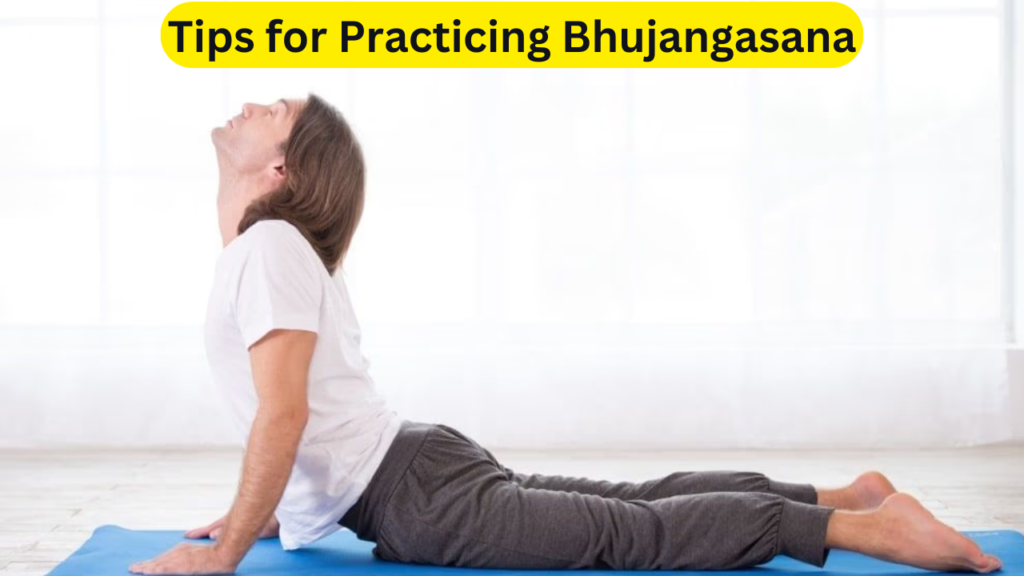
Here are some tips to help you practice Bhujangasana effectively:
- Warm-Up First: Always warm up before attempting this pose to avoid muscle strain or injury.
- Listen to Your Body: If you feel any discomfort or strain, stop immediately and modify the pose as needed.
- Focus on Breathing: Controlled breathing enhances the overall benefits of the pose and helps you relax deeper into the stretch.
- Gradual Progression: If you’re new to this pose, start with a gentle variation and gradually increase the depth of the backbend as you become more flexible.
- Use Props for Support: If you have limited flexibility, use yoga blocks or a folded blanket under your hips for extra support.
Modifications and Props for Bhujangasana
If you’re unable to perform the full version of Bhujangasana, you can use props to make the pose more accessible:
- Blanket: Place a folded blanket under your hips for extra padding and support.
- Yoga Blocks: If it’s difficult to reach the floor with your palms, place yoga blocks under your hands for added height.
- Partial Cobra Pose: Beginners can practice a gentler version of the Cobra Pose by keeping the chest low and gradually progressing to the full pose.
Also Read: Kawasaki Eliminator: Limited-Time Rs. 15,000 Discount Offer
Health Benefits of Bhujangasana Conclusion
In conclusion, Bhujangasana (Cobra Pose) is a powerful yoga posture that brings multiple physical and mental health benefits. From increasing spinal flexibility to improving posture, digestion, and respiratory function, the Cobra Pose is a must-try for individuals seeking to enhance their overall well-being. Whether you’re a beginner or an experienced practitioner, this pose can be adapted to suit your needs and can be incorporated into any yoga practice.
By understanding its benefits, proper execution, and precautions, you can enjoy the positive impact Bhujangasana has on both your body and mind. With consistent practice, you will notice improved flexibility, strength, and emotional balance. So, roll out your mat, take a deep breath, and let Bhujangasana energize and rejuvenate you.
Health Benefits of Bhujangasana FAQs
1. What is Bhujangasana, and what are its benefits?
Bhujangasana, or Cobra Pose, is a backbend yoga posture that stretches the spine, improves core strength, promotes better digestion, and opens the chest. It also enhances lung capacity, reduces stress, and alleviates back pain.
2. Can Bhujangasana help with back pain?
Yes, Bhujangasana is excellent for relieving back pain. The gentle stretch in the back helps relieve tension, improves spinal flexibility, and strengthens the muscles of the lower back, which can reduce chronic back pain.
3. Is Bhujangasana suitable for beginners?
Yes, Bhujangasana is a beginner-friendly pose, but it requires some core strength. Beginners can start with modified versions of the pose, such as keeping the chest low or using props for support.
4. How often should I practice Bhujangasana?
For optimal results, practicing Bhujangasana 3-5 times a week is recommended. It can be done as part of a larger yoga sequence or on its own to help relieve stress and improve flexibility.
5. Can pregnant women do Bhujangasana?
No, pregnant women should avoid Bhujangasana as it may place unnecessary pressure on the abdomen. Always consult with a doctor before attempting any new exercise or yoga poses during pregnancy.
